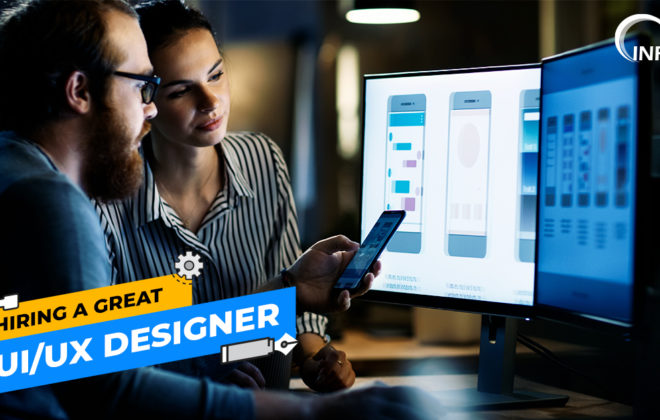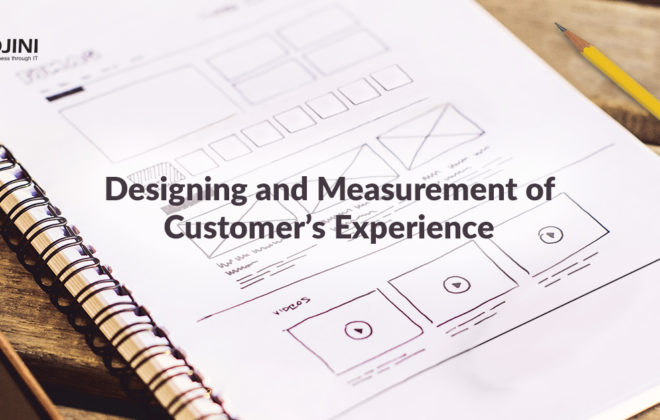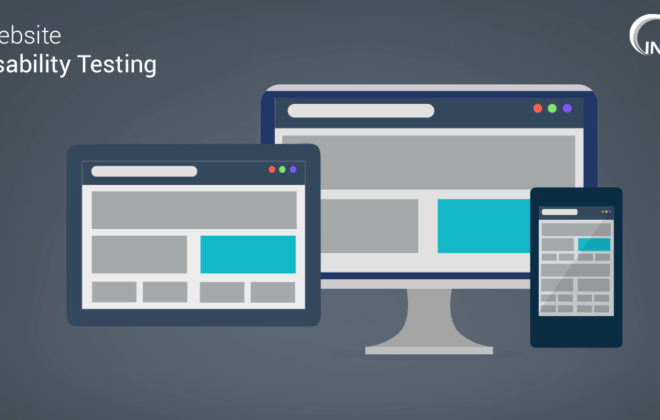UX Design: Finding the Right Balance Between User and Business Goals
The primary goal of a UX designer is not just to make the website look great. Instead, a UX designer needs to find the right balance between making the UX design truly useful for the business as well as the end user. The design should make the necessary content accessible in the most intuitive manner and also promote the business in such a way that it is beneficial for the business, but does not hamper the overall user experience. That’s not always easy. However, a focus on the ‘balance’ aspect helps businesses reap the optimum advantage of design elements.
Here’s a brief guide to the best-practices.
Using Subtle Marketing Techniques
We all have come across websites that are just too annoying, right? Constant pop-ups, as well as promotional banners, make it really hard for the user to look at the information that they wish to in the first place. We understand that the marketing team needs to collect relevant information like email ID, phone number and other demographics. However, this should not affect the overall user experience considerably.

There are cases wherein the users are unable to look for the content that they are searching for without turning off or opting for the pop-ups. Under such scenarios, the user will not refrain from going to some other website in search of the relevant information which has a more usable UX design.
Conduct Strategic Experiments to Discover New and Functional Trends
Digital marketing is a highly dynamic field of work. It needs out-of-the-box thinking ideologies, which are backed up by stats and figures. You will often come across cases where a professional UX designer put up a crazy infographic or animation on the website. Although it might seem crazy, we assure you, it is not. A professional knows the importance of experimentation with design architecture. Therefore, the business goal of UX design is to make a move or devise a strategy in a quantifiable number so as to gain the most without impacting the experience of users.
Put the User’s Needs First
We understand that as a UX designer you must come across a lot of scenarios with tight deadlines and limited resources to finish the project. Under such scenarios, you need to focus on the user’s expectations first, while aligning these to the business goals. This makes it possible to have an output that delivers the maximum benefit to the business. However, otherwise, if once your target end-users identify that your website/app is not user-friendly, chances are that you might lose them forever. For instance, the Snapchat redesign fiasco, where the company totally overlooked the importance of user-centric approach while implementing its redesign, had resulted in massive damage to its brand image.
The best results come into picture when UI and UX design services work in sync with each other. The use of proper storyboarding techniques as well as tools for SEO analysis will the designer an edge over the other UX designers. This way the designer will be able to create the right balance between the business use case and the target user’s requirements.
The UX designer goals should clearly tip in favor of the users’ needs over the business’s requirements to provide true value and capture their attention. Apart from this, familiarity with popular marketing automation techniques and tools will also help you make the overall UX design for the home website simple since the marketing activities occur on a one-to-one level.
REQUEST A CONSULTATION
Related Posts
- The Business Value of Understanding User Experience the Right Way
- Why Should You Lay More Emphasis on Usability Design?
- Tips for Enhancing User Experience to Increase Customer Retention for Mobile Apps
Tags In
William B. Young
Subscribe For Updates
Categories
- Accountant
- AI
- Automation
- Awards and Recognitions
- Blue Collar Staffing
- Burnouts
- Campus Recruiting
- Cloud
- Co-Ops agreements
- Company Culture
- Compliance
- contingent workforce
- Contingent Workforce
- COVID-19
- Cyber Security Staffing
- Data Strategy
- Digital Transformation
- direct sourcing
- Distributed Workforce
- Diversity
- Diversity & Inclusion
- Economy
- Events & Conferences
- fleet industry
- Gig Economy
- Girls in Tech
- Global Talent Research and Staffing
- Government
- Healthcare
- Healthcare Staffing
- Hiring Process
- Hiring Trends
- Home Helathcare
- HR
- HR Practices
- HR Tech
- IT
- Labor Shortages
- Life Science
- Local Governments
- News
- Nursing
- Payroll Staffing
- Public Sectors
- Recruiting
- Remote Work
- Skill Gap
- SMB Hiring
- Snowflake
- Staffing
- Staffing Augmentation
- Staffing Challenges
- Talent ROI
- Tech Staffing
- Technology
- Tips & tricks
- Total Talent Management
- UI/UX Design
- Uncategorized
- Veteran Staffing
- Veterans Hiring
- Veterans Hiring
- Workforce Management
Recent Posts
- Automation in Recruiting: From Chatbots to Predictive Screening
- Gig Economy Expansion: The Impact on Talent Pools and Business Models
- Skills-Based Hiring: Why Credentials Alone Don’t Cut It in 2025
- Procurement 3.0: AI & Intelligent Automation in 2025
- Q3 Is Here: Is Your Contingent Workforce Strategy Falling Behind?
Newsletter
Archive
- September 2025
- August 2025
- June 2025
- April 2025
- March 2025
- December 2024
- November 2024
- October 2024
- September 2024
- August 2024
- July 2024
- June 2024
- May 2024
- April 2024
- March 2024
- February 2024
- January 2024
- December 2023
- November 2023
- October 2023
- September 2023
- August 2023
- July 2023
- June 2023
- May 2023
- April 2023
- March 2023
- February 2023
- December 2022
- November 2022
- October 2022
- September 2022
- August 2022
- July 2022
- June 2022
- November 2021
- October 2021
- September 2021
- August 2021
- July 2021
- June 2021
- May 2021
- April 2021
- March 2021
- February 2021
- January 2021
- December 2020
- November 2020
- October 2020
- September 2020
- August 2020
- July 2020
- June 2020
- May 2020
- April 2020
- March 2020
- February 2020
- January 2020
- December 2019
- November 2019
- October 2019
- September 2019
- August 2019
- July 2019
- June 2019
- May 2019
- January 2019
- December 2018
- November 2018
- October 2018
- September 2018
- August 2018
- July 2018
- June 2018
- May 2018
- April 2018
- March 2018
- February 2018
- January 2018
- December 2017
- November 2017
- October 2017
- September 2017
- August 2017
- July 2017
- June 2017
- May 2017
- November 2016
- October 2016



